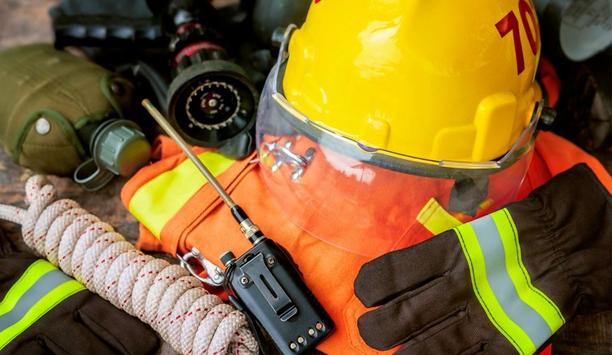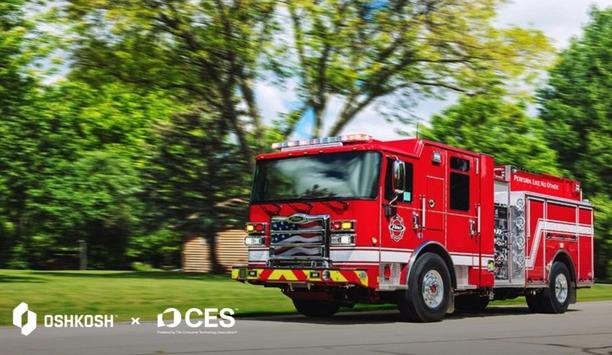First responders looking at upgrading their extrication tools are seeing a new letter among The National Fire Protection Agency (NFPA®) standards for performance requirements. And they may be wondering, WTF: What’s the F-test?
Tool’s performance ability
The new test is a “High Strength Materials” test, otherwise known as the F bar cut test
NFPA standards specify performance requirements for powered rescue tools and components that are used by emergency services personnel to facilitate the extrication of patients from entrapment.
In naming, letters correlate with specific tests, and numbers rank a tool’s performance ability, such as A1, A2, A3, and so on; the tests, until now, went to the E test with a ranking up through 9.
This year, NFPA has expanded its series of material category tests from five tests to six for rating cutters and combination tools in their ability to cut high-strength metals. The new test is a “High Strength Materials” test, otherwise known as the F bar cut test.
UHSS B-post in modern automobiles
In the F test, cutters face an ultra-high-strength, low-alloy rectangular tube and can earn a performance level between 1 (1” X 2” X 0.065”, outside dimension by wall thickness) up to the highest rating of 7 (2” X 4” X 0.250”).
The rectangular shape of the metal tested mimics the more common UHSS B-post in modern automobiles. By using a treated 4130 ultra-high-strength steel, the test can better evaluate cutters for extrication challenges.
NFPA performance requirements
Here’s what the tests mean: HURST Jaws of Life® rescue tools hold high rankings in NFPA performance requirements, including earning F5 and F4 ratings for nearly a dozen cutters and combination tools from its eDRAULIC® 2.0 (E2) collection and its new eDRAULIC Watertight Extrication Tools (EWXT) line, which launched last year.
Additionally, the S 799 E2 Cutter, S 799 EWXT Cutter, and S 799 10,000 PSI Cutter all earned an NFPA rating of 9 in categories A, B, C, D, and E.















